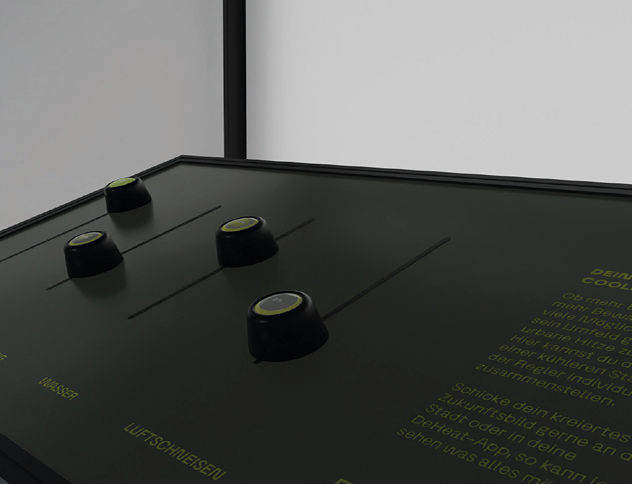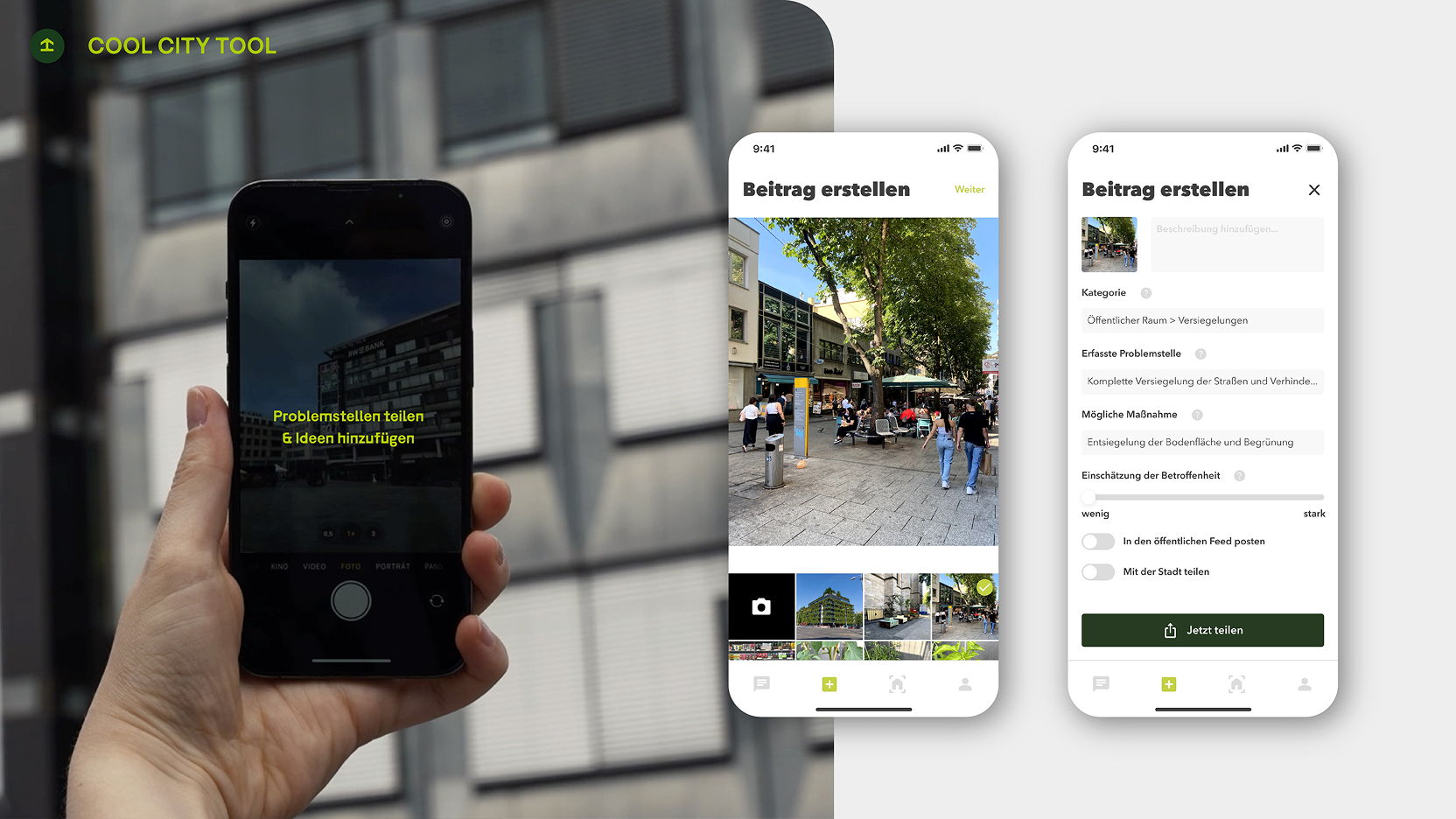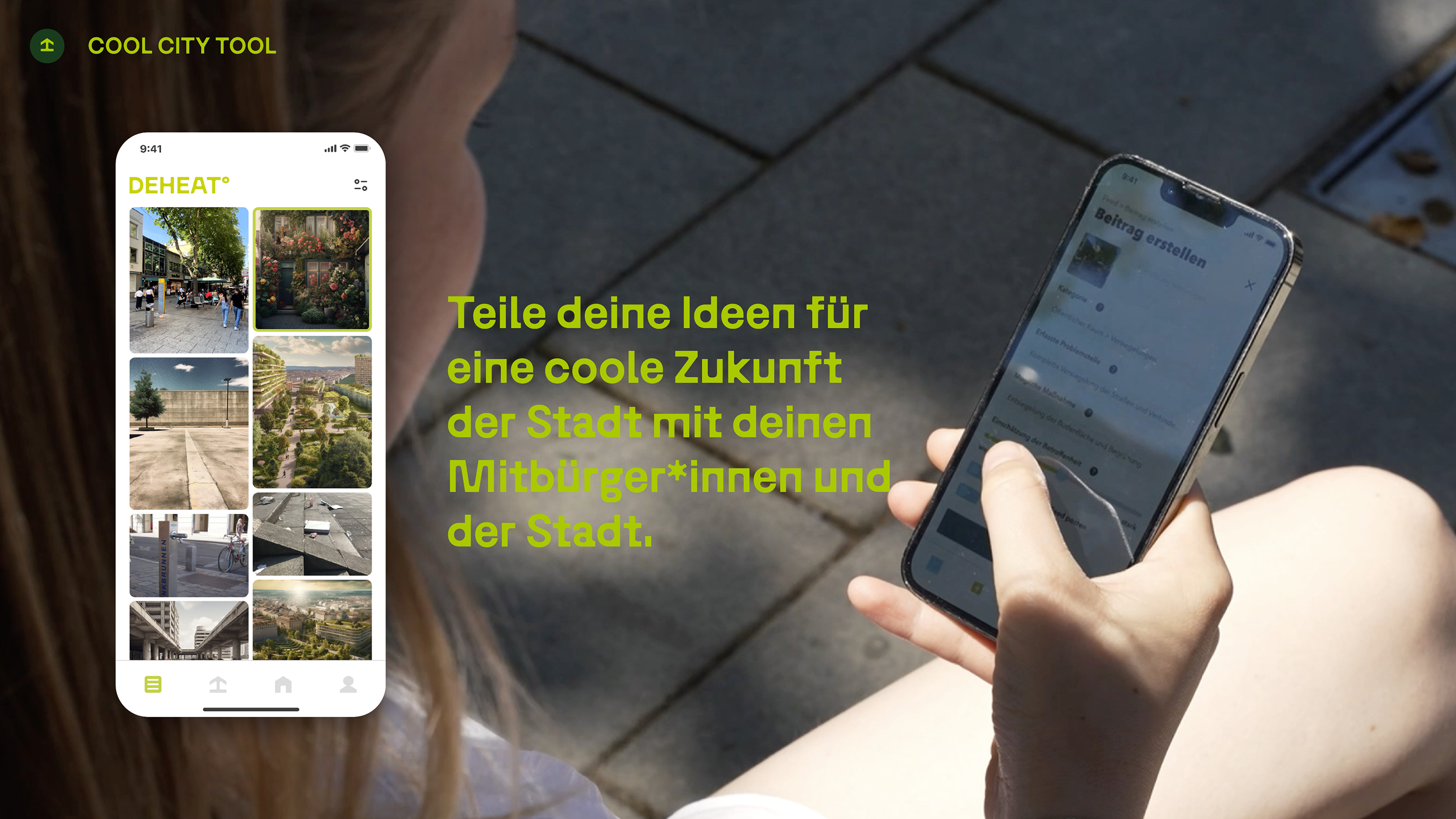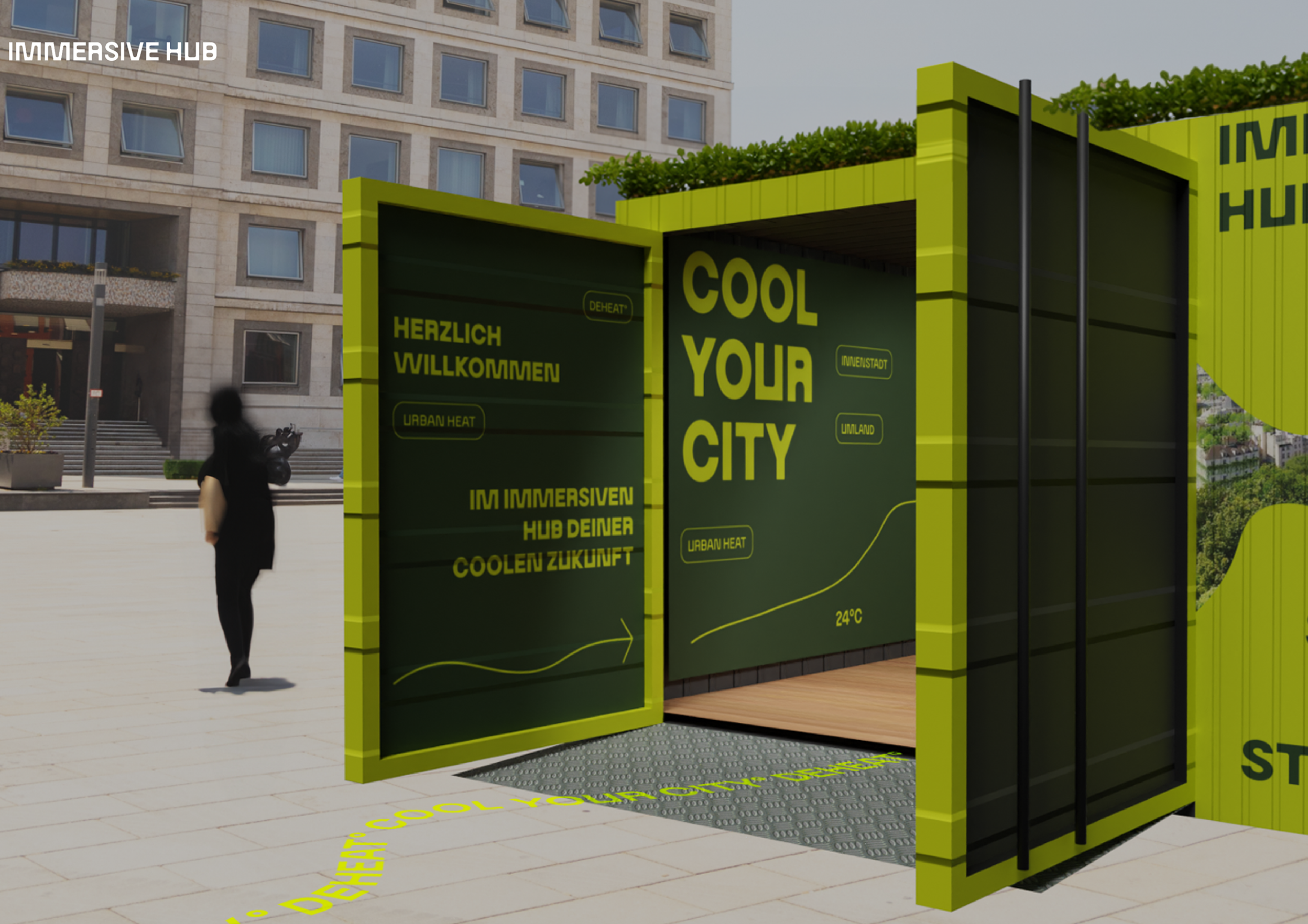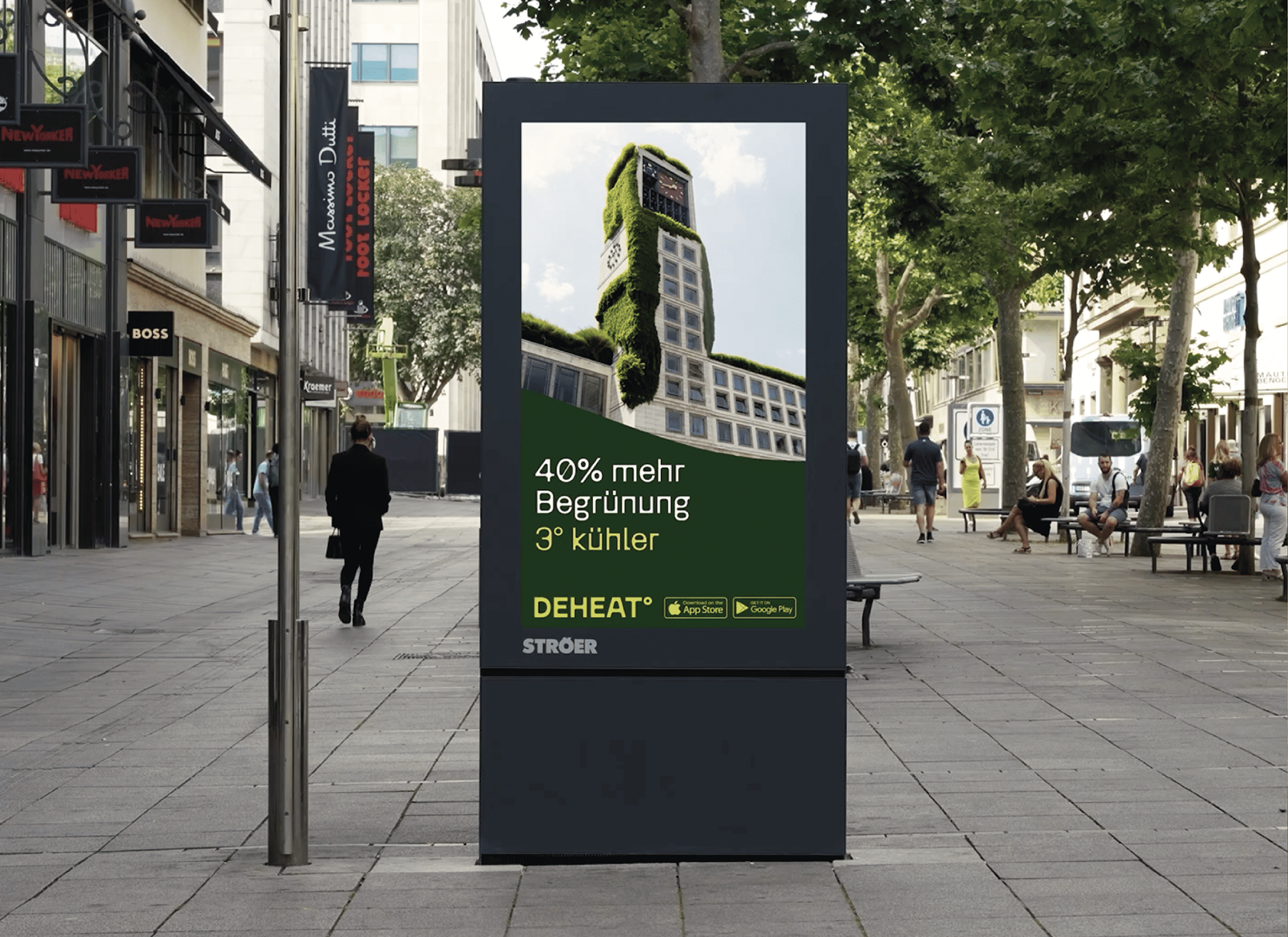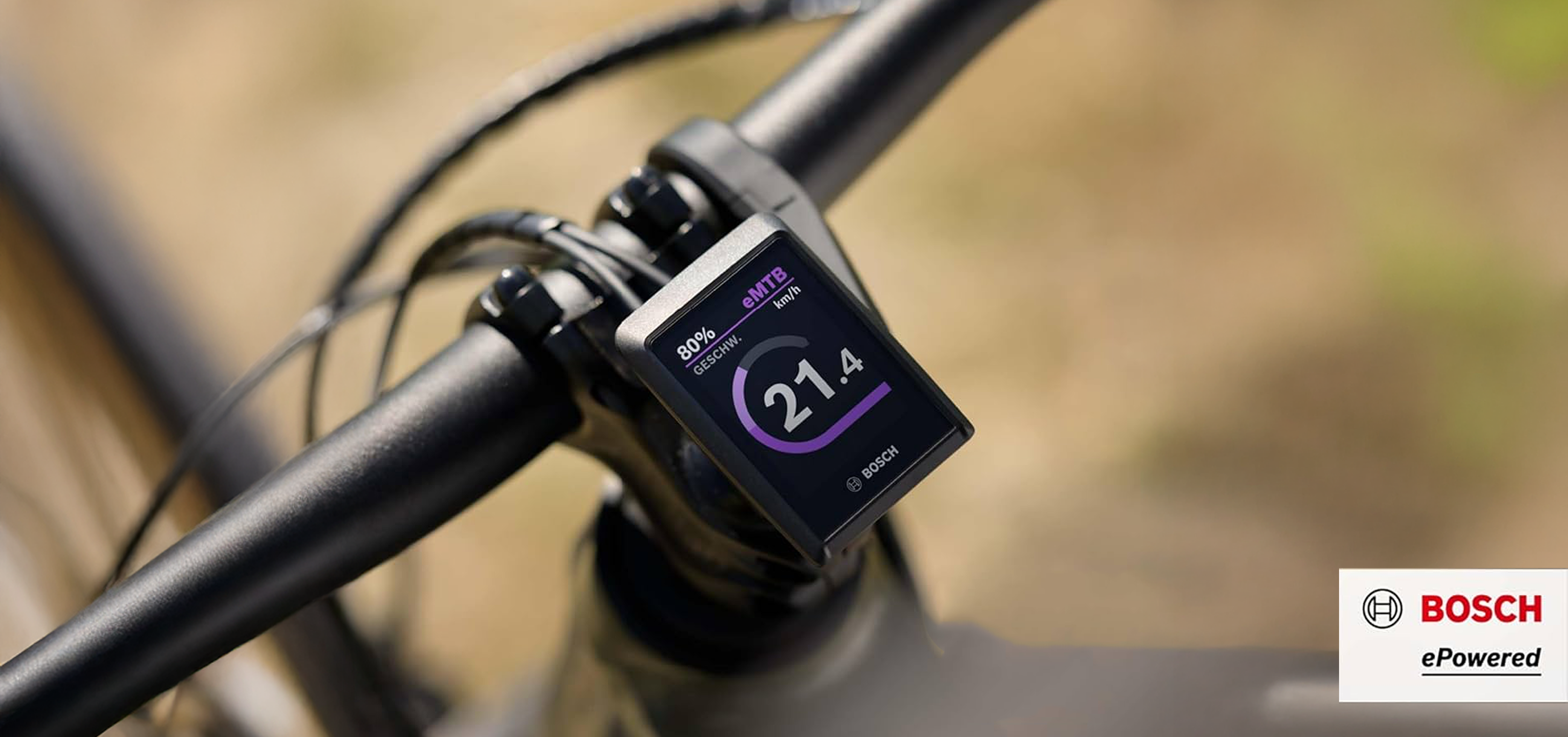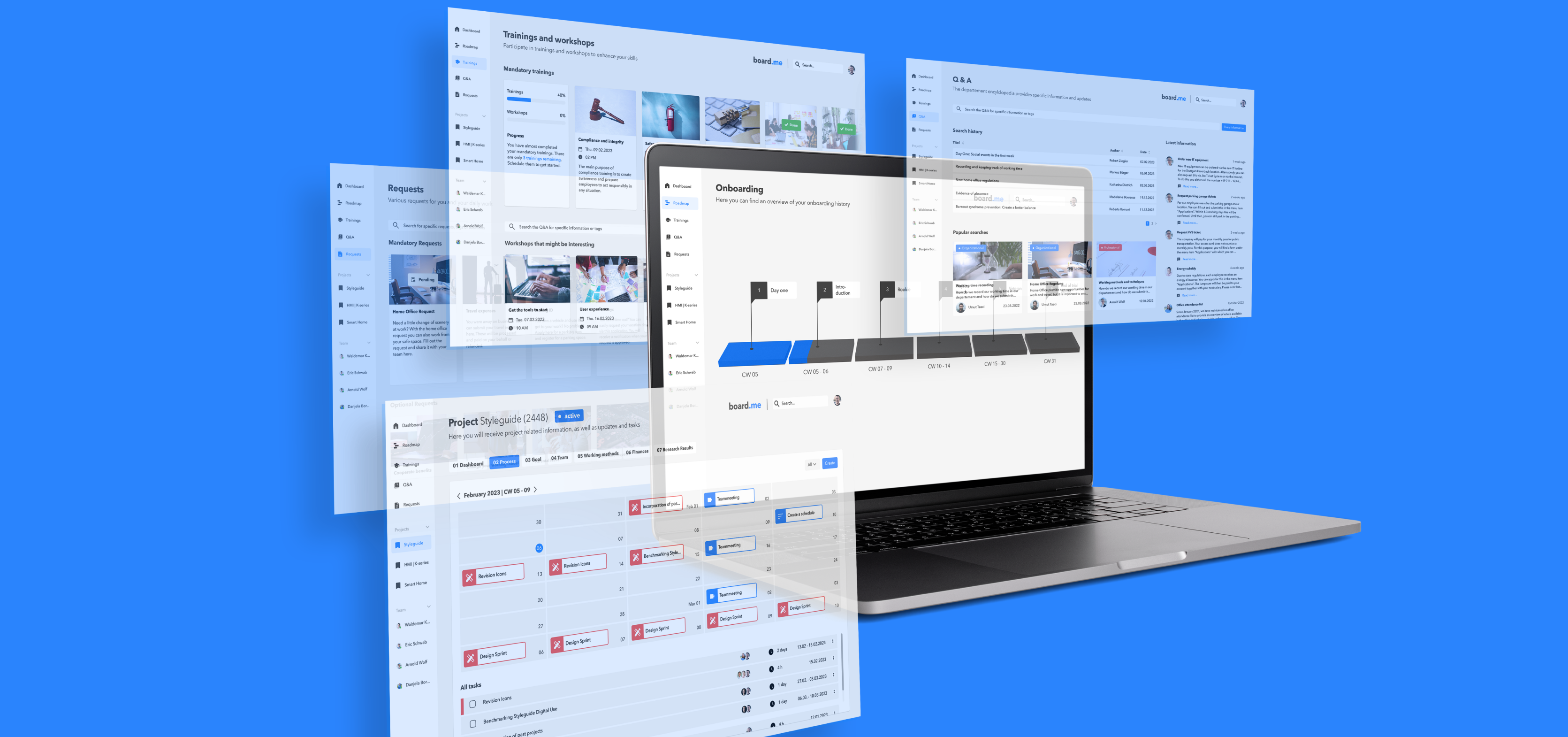DEHEAT

DEHEAT - AI COOL CITY Stuttgart’s steep basin traps summer heat so effectively that meteorologists classify the inner city as a pronounced urban-heat island. DEHEAT responds with a three-part system: a LiDAR-enabled mobile app, a touring immersive “Cool Hub” and a network of interactive billboards. Together they let residents scan their own façades, watch realistic cooling scenarios—greener walls, brighter roofs, pocket water features—materialise in augmented reality and then submit a pre-filled funding request for the city’s Urban Green programme in one seamless flow. By translating abstract climate data into personalised, subsidised action, DEHEAT turns every street-level scan into a first step toward measurable temperature relief.
STRATEGY
The guiding ambition is “one scan → one funded measure.” To make that actionable I defined a KPI stack: completed AR scans, grant applications started and the aggregated neighbourhood Cool Score, a metric that converts each suggested intervention into a predicted degree-reduction value. Success is modelled as a 25 percent lift in Urban-Green utilisation plus a one-degree drop across two pilot districts within 18 months—numbers that map directly onto Stuttgart’s official heat-action-plan benchmarks. This focus on shared metrics aligns citizen engagement, public-health savings and the city’s climate-resilience brand.
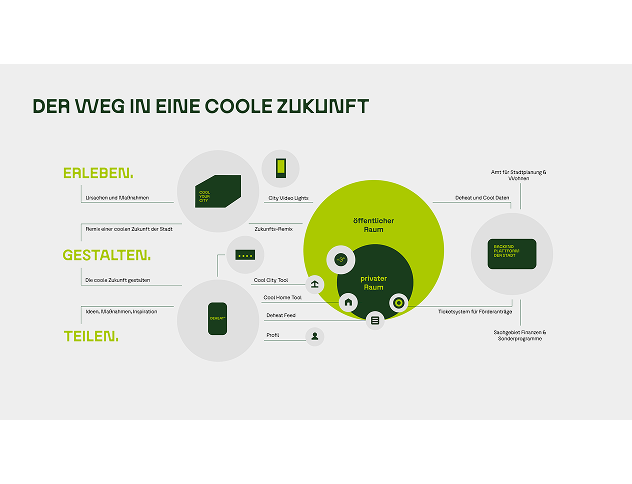
RESEARCH INSIGHTS
To ground the concept I combined a public “string-board” installation on Karlsplatz, a 150-response Google survey and semi-structured interviews with urban-greening officers. The data told a clear story: over 80 percent of residents recognise the heat problem yet can’t name a single grant, while realistic, site-specific visuals raise willingness to invest by nearly a third. These gaps—high concern, low guidance—informed both the product narrative and the decision to embed funding workflows directly inside the app.

APPROACH
I reframed the brief with a “How-might-we” matrix that emphasised empowerment over information, then ran a Crazy Eight sprint that yielded forty-plus concepts. Weekly cycles of low-fidelity Figma flows, a Unity-based AR stub and a Wizard-of-Oz chat bot let me test each link of the journey against the heat-plan criteria, keeping design, policy and tech tightly coupled from sketch to prototype.
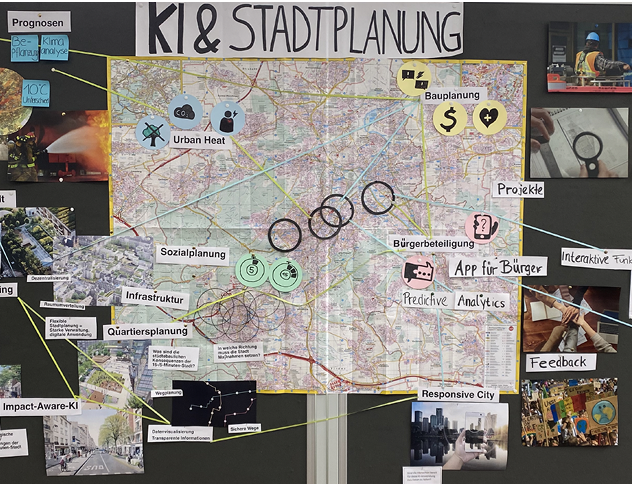
DESIGN
At the heart of the prototype sits the Cool Home Tool. A ten-second scan fuses phone LiDAR, open-city 3-D meshes and satellite imagery to create a property twin; computer vision flags heat-storing surfaces and a diffusion model renders plausible futures. Each option carries its Cool Score plus cost, care effort and pay-back horizon. A conversational AI then auto-populates the Urban-Green form with parcel data and bills of quantities, trimming the draft time to a handful of taps. Formative usability sessions with target residents showed that participants could finish a mock application in under seven minutes—less than one third of the paper baseline reported by fund managers—while the flow achieved a System-Usability-Scale score of 88/100.
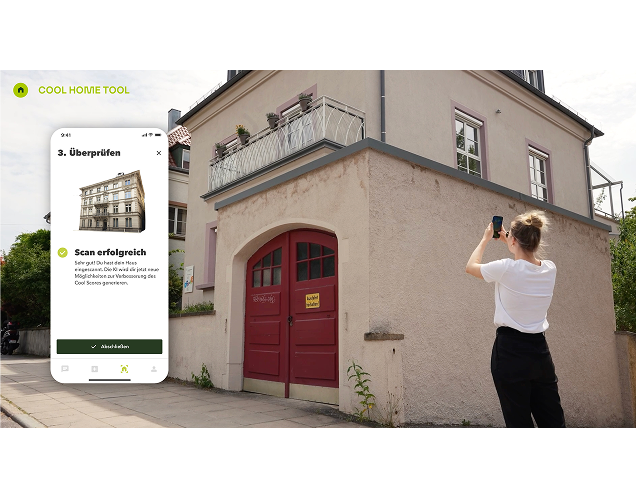
LEARNINGS
Even at prototype stage DEHEAT demonstrates how immersive storytelling plus an AI hand-over to existing subsidies can convert climate anxiety into concrete action. Review panels highlighted it as a blueprint for citizen-powered cooling, and the project earned a goHfG Silver Award for applied design research, underscoring its strategic depth and execution quality. Three key lessons stand out: a transparent Cool Score builds trust in generative visuals; subsidy workflows must live inside, not alongside, the experience; and early policy co-design prevents data-silo headaches later. These insights guide my practice today—I create end-to-end UX that couples visionary concepts with measurable public-value impact.
